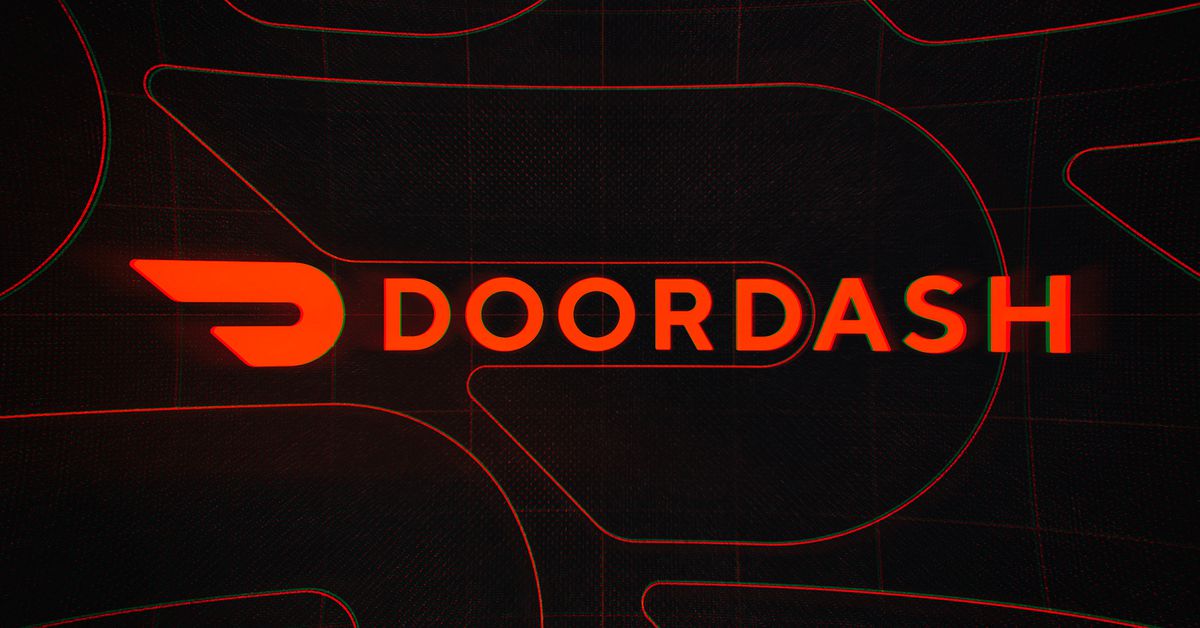
Food delivery platform DoorDash filed its widely anticipated IPO with the Securities and Exchange Commission on Friday, and plans to take the company public early next month. The company’s revenue soared in 2020 and it briefly showed a profit, as restaurants closed to in-person dining due to the pandemic, and relied on delivery services.
DoorDash had a net loss of $149 million over the nine months that ended September 30th, compared to a net loss of $533 million for the same period in 2019. During the first nine months of 2020, the company reported $1.9 billion in revenue, up from $587 million a year earlier. The company has more than 18 million customers. more than 390,000 merchants, and about 1 million delivery workers, who it refers to as “Dashers.”
For the quarter that ended June 30th, however, the company had a profit of $23 million on revenue of $675 million. It swung back to a net loss of $43 million in the most recent quarter, even though its revenue rose to $879 million. Its valuation has gone from $1.4 billion in 2018 to $16 billion earlier this year.
The company’s shares will be listed as DASH on the New York Stock Exchange. It will offer three classes of stock with different voting shares; Class A equals one vote per share, and Class B gives 20 votes per share. Owners of Class C shares will not have voting rights.
“Helping brick-and-mortar businesses compete, succeed, and flourish in these rapidly changing times is the core problem we are trying to solve,” DoorDash CEO and co-founder Tony Xu wrote, adding the company was started to help people like his mother. “DoorDash exists today to empower those like my Mom who came here with a dream to make it on their own. Fighting for the underdog is part of who I am and what we stand for as a company.”
In addition to the uptick in business it’s seen during the pandemic, as restaurants closed to in-person dining and relied on delivery services, DoorDash may be best known for its tipping controversy, where tips from customers were diverted from contract delivery drivers and sent directly to the company. It previously defended the practice, arguing that it typically paid its drivers more than its competitors, but changed the policy last July. DoorDash currently has the greatest share of the food delivery market— at 48 percent— according to research by Edison Trends.
There are some interesting tidbits in DoorDash’s prospectus, including its history of net losses, a warning that it may struggle with profitability, and its future plans to use drones and autonomous vehicles.
Under “factors affecting our performance,” the company says its rapid growth strained its IT and accounting systems, processes, and personnel, and an independent auditor found “material weakness in our internal control over financial reporting.” The company also noted “we have a history of net losses, we anticipate increasing expenses in the future, and we may not be able to maintain or increase profitability in the future.”
The company also notes that if “Dashers are reclassified as employees under federal or state law, our business, financial condition, and results of operations would be adversely affected.”
DoorDash was one of several gig economy companies — including Uber and Lyft — that spent more than $200 million on a “Yes on 22” campaign, to support the Proposition 22 ballot measure that would exempt gig economy companies from California’s AB5 law. That law would have required them to treat their workers like employees and provide benefits. The Yes on 22 campaign was successful; California voters approved the measure earlier this month.
In its prospectus, DoorDash also lists the COVID-19 pandemic as a potential risk factor, as well as “unfavorable” media coverage that could “adversely affect our reputation.” The company has had no shortage of scrutiny in recent months, with the San Francisco district attorney suing for alleged unfair business practices. There was also the pizzeria owner in New York City who realized he would make more money buying his pizzas from DoorDash than selling them directly because of the way the platform priced the pizzas.
Looking ahead, DoorDash said that autonomous and drone delivery technologies could have a meaningful impact on the food-delivery industry. It partnered with GM’s Cruise Automation last year to test food delivery with autonomous vehicles in San Francisco.
“We have invested in and we expect to continue to invest in research and development related to autonomous and drone delivery technologies, either directly or in partnership with companies that develop such technologies,” according to the prospectus. Where such deliveries would leave its “Dashers” was not clear.
Article From & Read More ( DoorDash files for IPO and hints at driverless future - The Verge )https://ift.tt/2Iq0kZm
Business
Bagikan Berita Ini















0 Response to "DoorDash files for IPO and hints at driverless future - The Verge"
Post a Comment